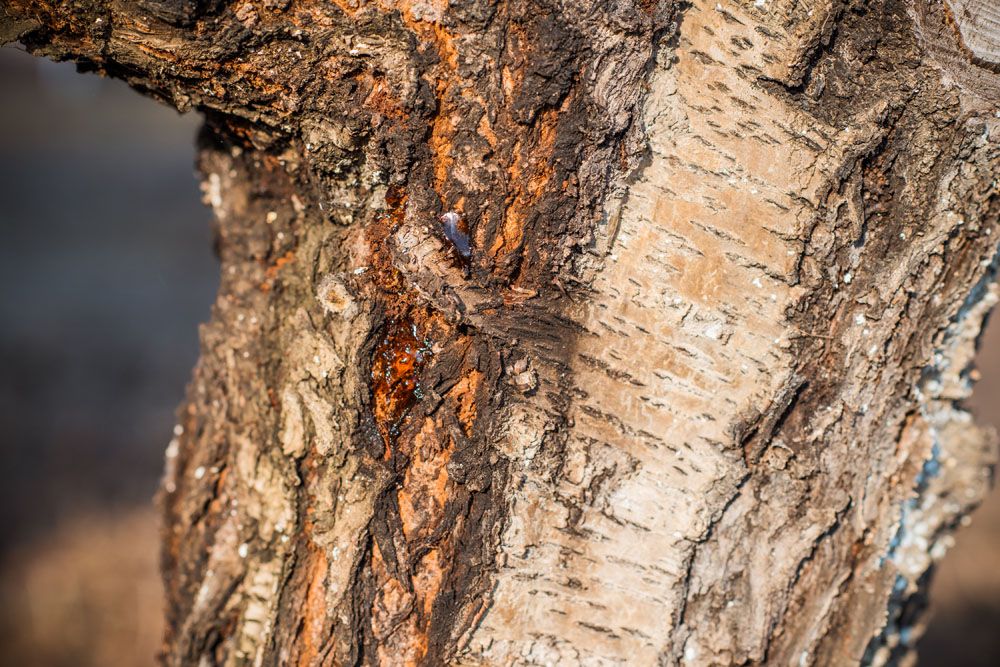
Slime Flux
Slime Flux
Most people have seen similar signs in trees at some point: an oozing, weeping patch in the tree’s bark, usually around a crotch or pruning scar, but occasionally occurring at random. Elm trees, which line many cities’ boulevards, are an excellent site to look for these wet, slimy weeping places, but a variety of other trees can also show the symptoms.
What is a slime flux?
Slime flux (also called wet wood) is an unattractive seepage of sap from tree trunks that is black, foul-smelling, and unsightly. Although the condition is rarely severe, its appearance might be problematic. Slime flow is produced by bacteria or yeast fungus that enter the trunk through wounds caused by improper pruning, stem breaking, injections, fissures created by freezing damage, or weak limb crotches. Bacteria and yeast may survive for years on sap nutrients in wounded trees with no visible signs.
Cause and Effects:
Bacteria, which may be found in soil and water, colonise young trees and access elder plants through wounds. Clostridium, Bacillus, Enterobacter, Klebsiella, and Pseudomonas species develop within the tree and feed on the sap. As the fluid is consumed, oxygen in the heartwood is reduced (producing anaerobic conditions), methane is created, the sap pH rises (from pH 6 in healthy trees to pH 7 to 8 in Wetwood), and the wood pressure rises (60 psi in affected trees vs 5-10 psi in wet wood-free trees). The fungi that eventually cause rots have a hard time growing in this environment. When the liquid comes into touch with grass and other herbaceous plants around the tree’s base, it kills them. Because of the unattractive staining, the wood of impacted trees has lost a lot of value as timber. Wood from wet wood-free trees dries significantly more slowly than wood from affected trees.
Symptoms:
There may be a single wound or bark break on the trunk or a huge actively seeking or bleeding branch. In the case of slime flux, the oozing liquid is generally clear and sour-smelling, but in the case of alcoholic change, the oozing liquid is foamy and “fermented-smelling.” The stain frequently resembles a comet with a long “tail” extending beyond the bleeding site, and the liquid colours the bark below dark brown or black, whilst the bark above stays entirely undamaged.
Tips to Prevent Slime Flux Disease:
Slime flow is uncontrollable and untreatable. It was previously common practise to insert a drain tube into the tree to alleviate pressure and drain toxic sap, but it is no longer advised and may cause more harm than good. Boring holes in afflicted trees allows bacteria to propagate inside and allow wood rot fungus to enter the tree.
Healthy trees may conquer Wetwood; however, trained arborists propose the following to avoid it:
- Plant trees in areas where soil compaction from people and cars is minimal.
- Take precautions to avoid environmental hazards such as drought and excessive heat.
- Keep lawn maintenance and construction equipment a safe distance away from your trees to avoid damaging them.
- Fresh trunk wounds should be treated by gently removing the affected bark.
- Remove any weak or dead branches as soon as possible to prevent infection.
- Hire a qualified arborist when trimming or pruning is required to ensure reasonable practices are applied.
